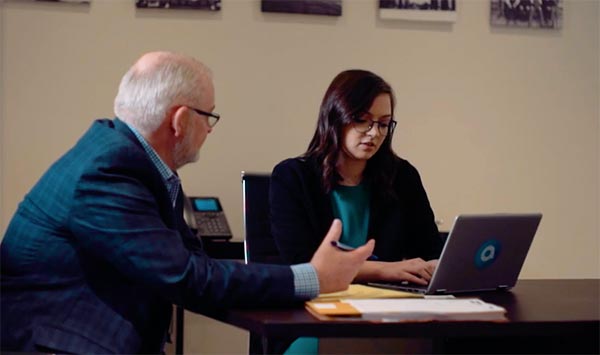Easily one of the most common and frustrating experiences for a workers’ compensation claimant is when their physician prescribes a needed medication only to have the pharmacy frown and tell the claimant that the prescription is not authorized. This article will discuss the process, why this happens, and help you understand what is going on. More to the point, who to blame.
It would seem to be a simple process – your doctor’s office calls the prescription into the pharmacy, the pharmacy contacts the adjuster for approval, the adjuster approves the prescription, and you walk out medication in hand. Unfortunately, the process is way more difficult than it should be.
First, when a prescription is written for the first time, the adjuster may want to see the clinical notes before authorizing the medication. This is so they know the prescription is related to the injury. The problem is the clinical notes can take a few days, even in this electronic age. Many adjusters will often approve the medication for at least a one-time fill so that there is no delay. This situation can play out again if the medication is changed, the dosage is changed, or the prescribing provider changes. The adjuster will always be looking for documentation of the change.
Second, the pharmacy is not calling your adjuster. Instead, the pharmacy is connecting with a “pharmacy benefit manager” or “PBM.” This is a company that is a middle layer between the pharmacy and the adjuster. These are typically large national companies that have negotiated with drug companies to offer discounts to insurance companies. They keep large databases of claims with information regarding the status of the claim, which drugs are authorized, and which drugs are specifically denied. The pharmacy logs into the PBM’s site and inputs your prescription request. If the information about the drug and its use is already in the system, the PBM authorizes the fill and the pharmacy is paid by the PBM at the discounted rate. The PBM then, in turn, bills the adjuster with the PBM’s fee and profit built into the price. The result is that the adjuster pays less overall for your medication than if they had simply paid the pharmacy price.
What that really means? It means there is an entirely separate layer of people who have your information and must do their job before you get the medication you need – all so the insurance company can pay less for your drugs. PBM companies boast of saving their clients millions of dollars. On occasion, these companies offer services that go well beyond the scope of just processing the prescriptions you receive. They also offer services that include contacting your treating physician on behalf of the insurer to offer “suggestions.” And by suggestions, I mean they are contacting your doctor to try and persuade the doctor that a cheaper alternative may be appropriate. If your doctor is prescribing opioids, the PBM will send constant warnings to the adjuster regarding whether or not this is appropriate. All such contacts are inappropriate under Montana workers’ compensation law but may occur without your knowledge.
So how do you handle this process? Your point of contact is the adjuster. If your pharmacist tells you that your medication is denied, contact your adjuster and asked if they received an authorization request. Have the name of the medication, the dosage, the name of the prescribing doctor and the name of the pharmacy handy to tell the adjuster. Then call the adjuster back the next day if you haven’t heard back. Once the adjuster confirms authorization, call the pharmacy to see if they have received authorization.
You should also understand that some medications will only be refilled every 30 days and you cannot refill early. If you need to refill early for some reason, you will need to contact the adjuster. Understand that if the pharmacy doesn’t see it noted on the computer by the PBM, it won’t be filled. It’s often up to you to contact the adjuster so that the adjuster can provide the approval to the PBM.
If you end up paying for the medication out of pocket because the PBM refused to authorize it, you should keep a copy of your receipt including the prescription information. Submit that documentation to your adjuster and ask for reimbursement at 100% of what you paid. Don’t accept less than 100% reimbursement. The insurer should only get the benefit of the discount when the system works without interruption.
If you need additional information about the Montana workers’ compensation system, just request our book, Hurt at Work: An Insider’s Guide to Your Montana Work Comp Claim. It’s available on the main page of our website, www.mtworkcomplawyer.com.


